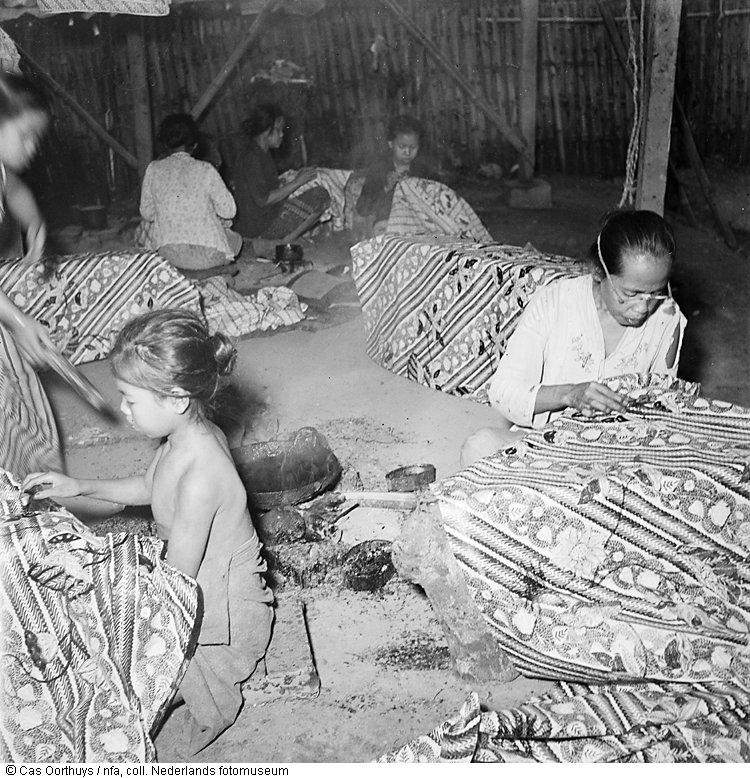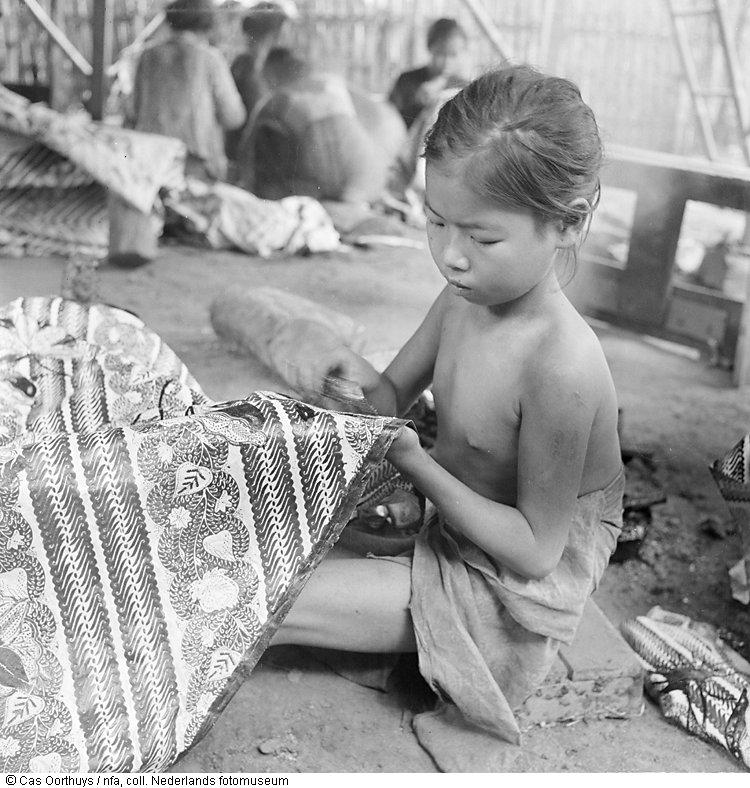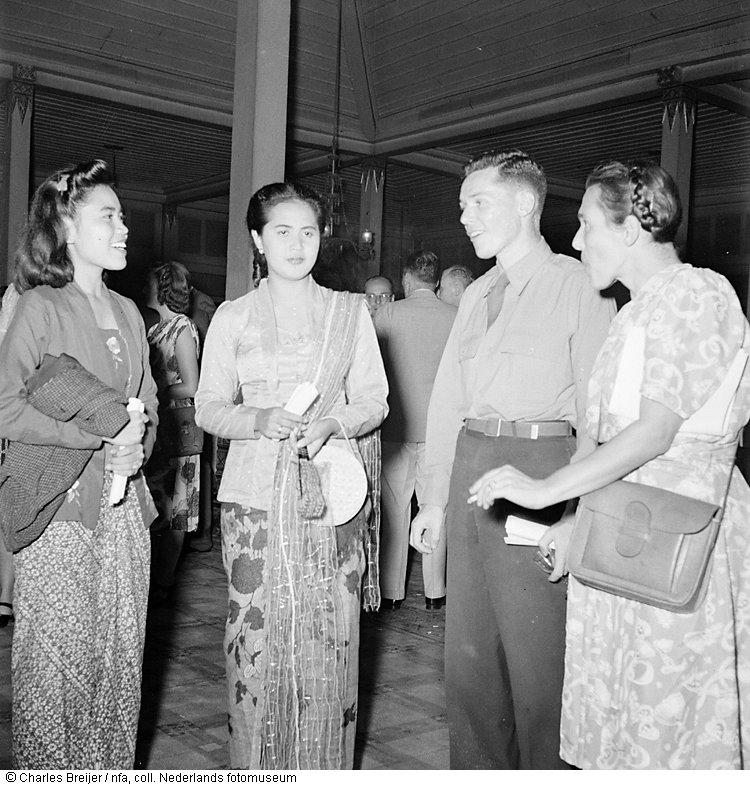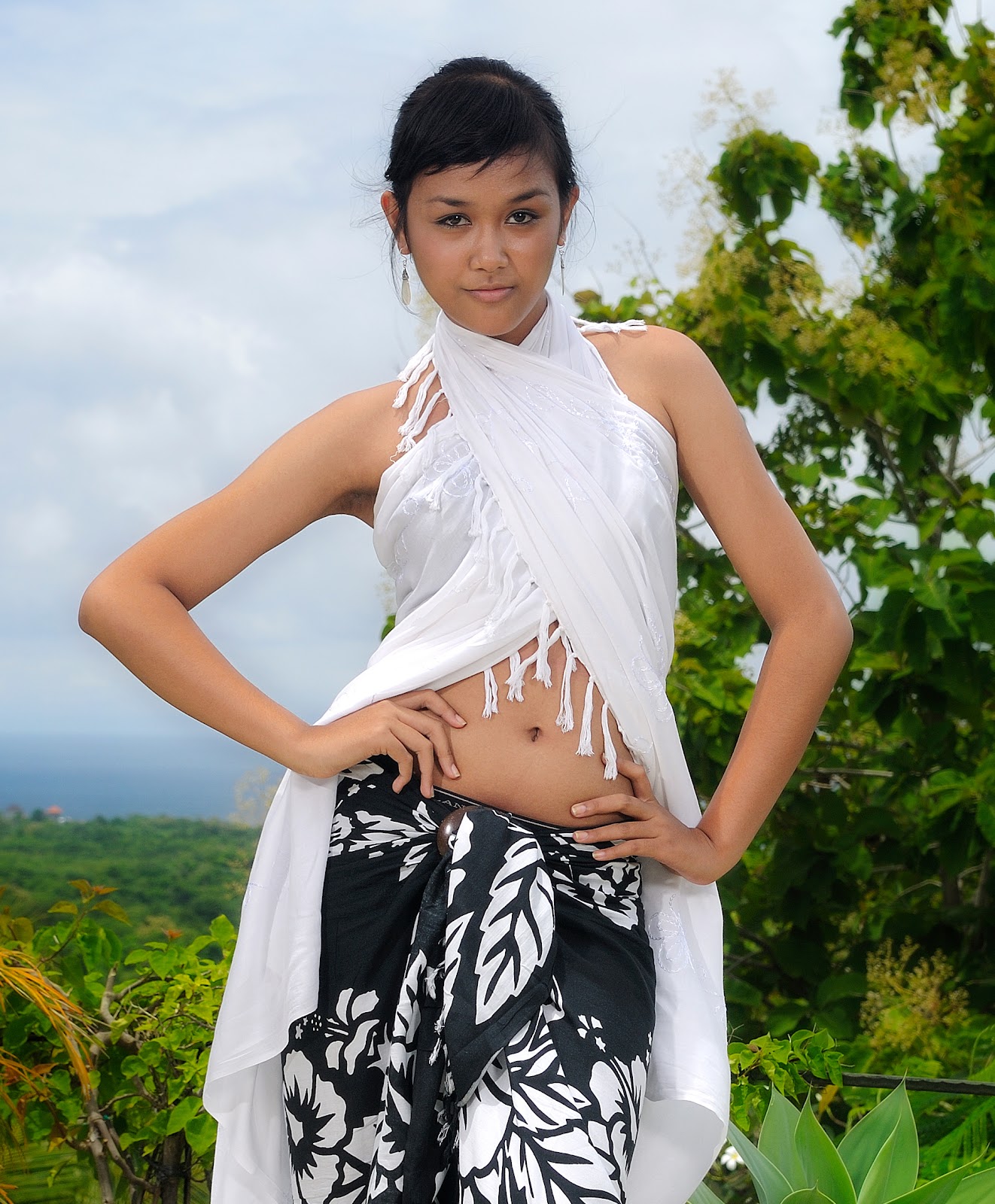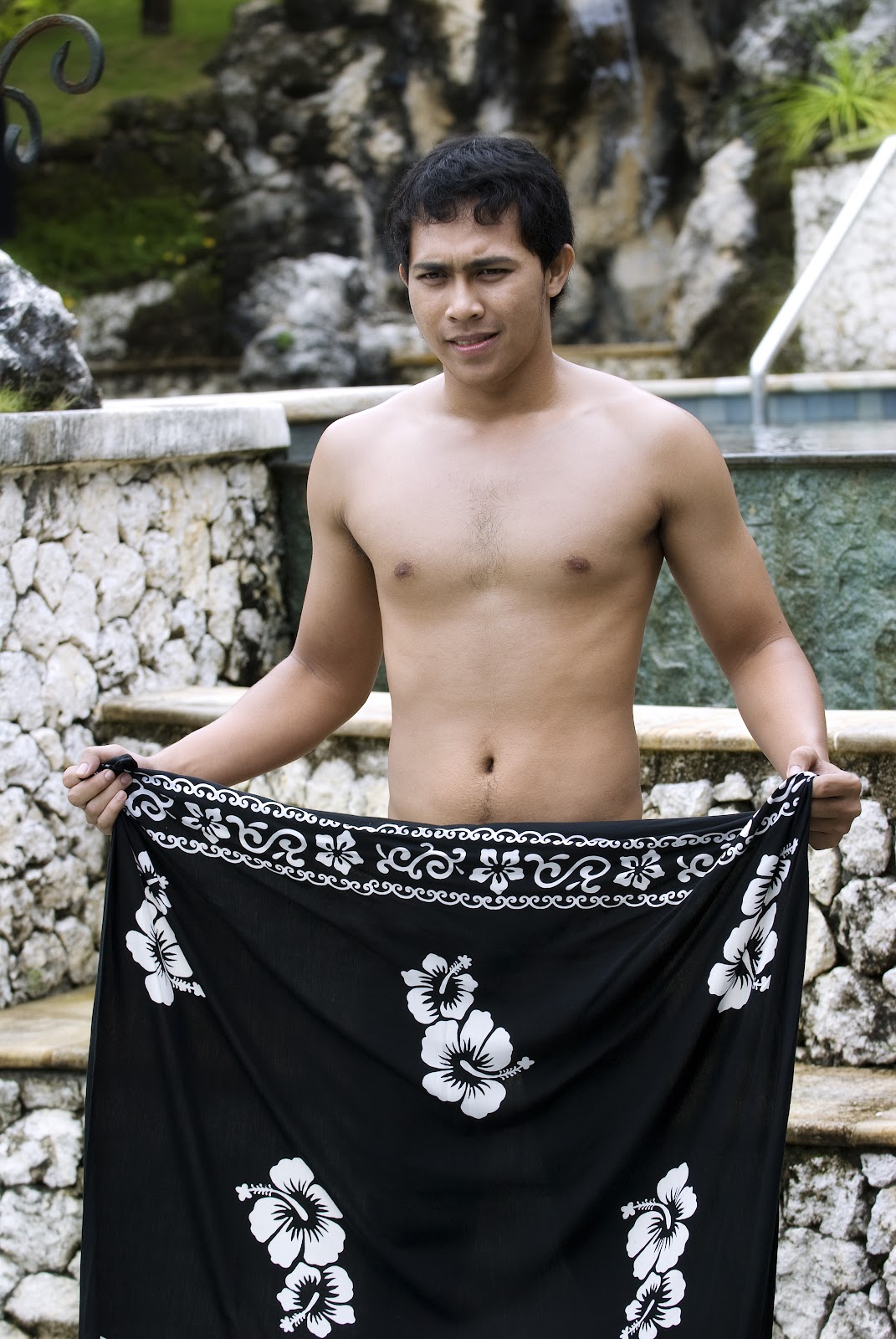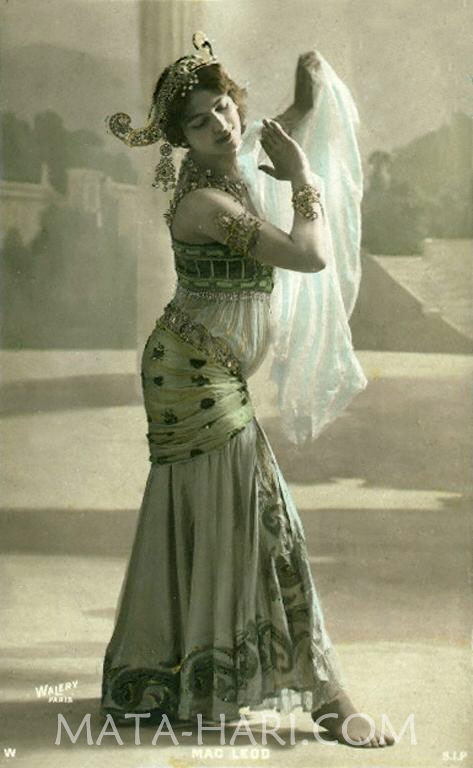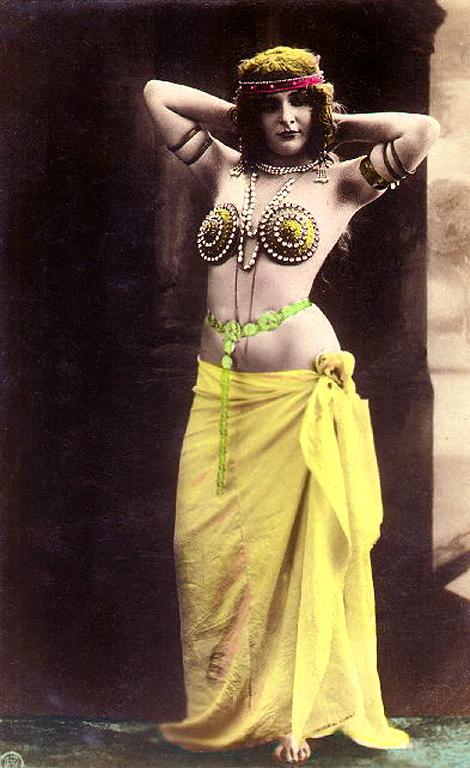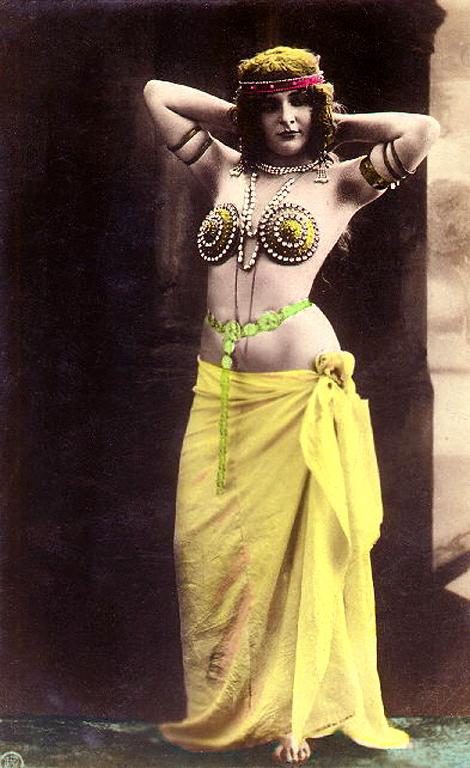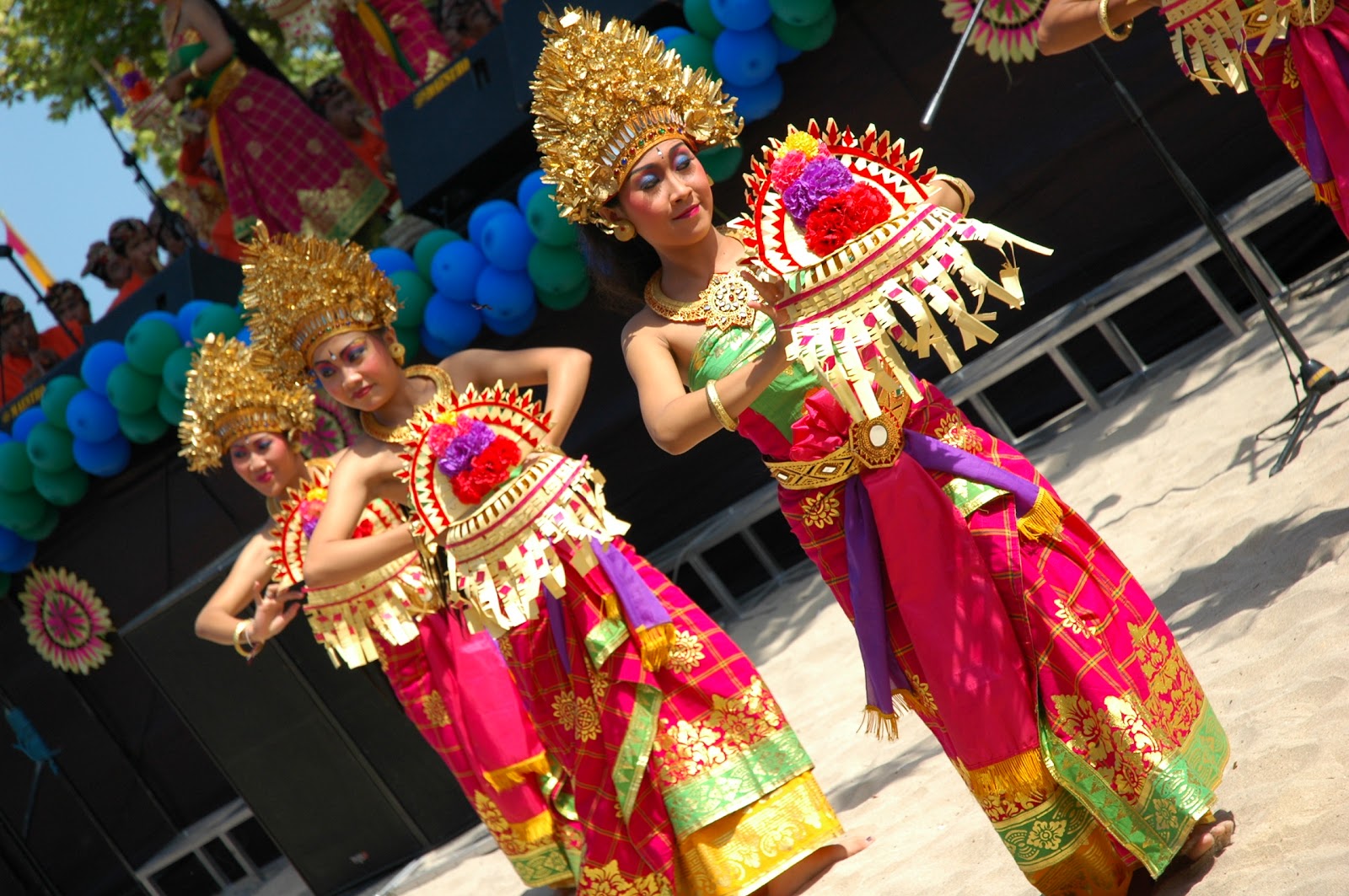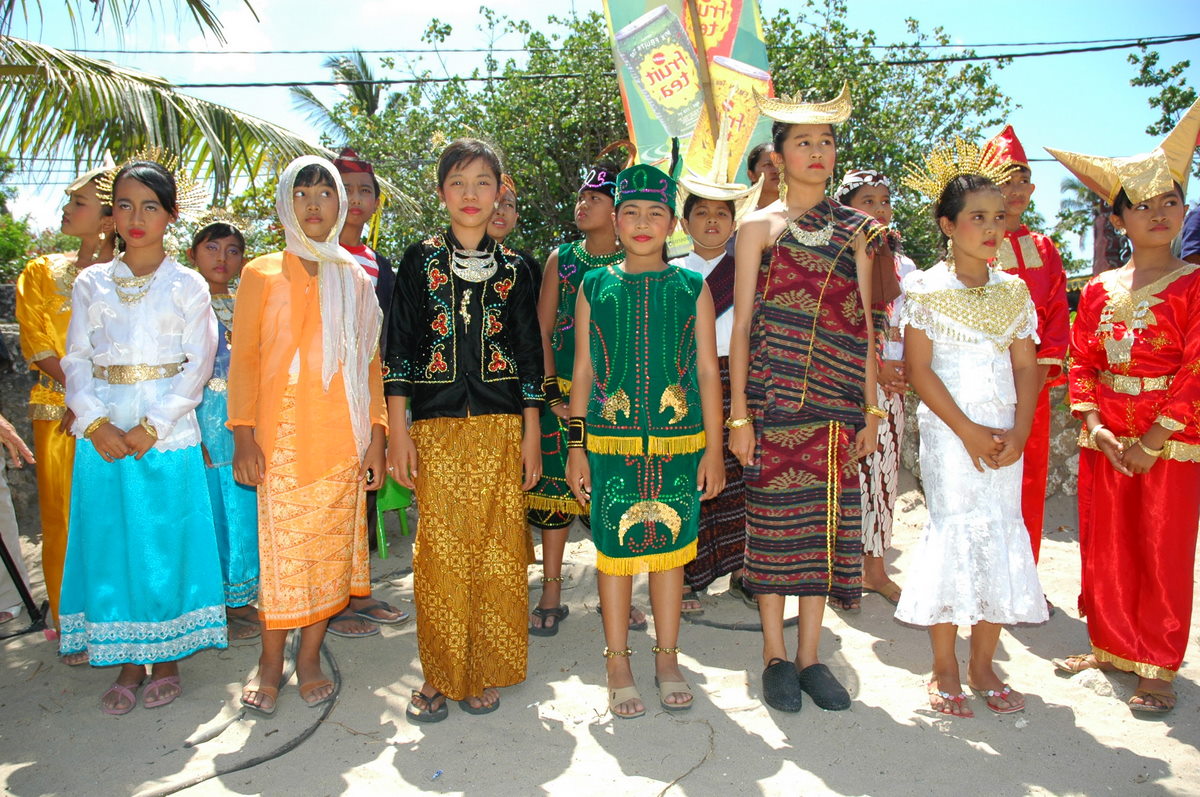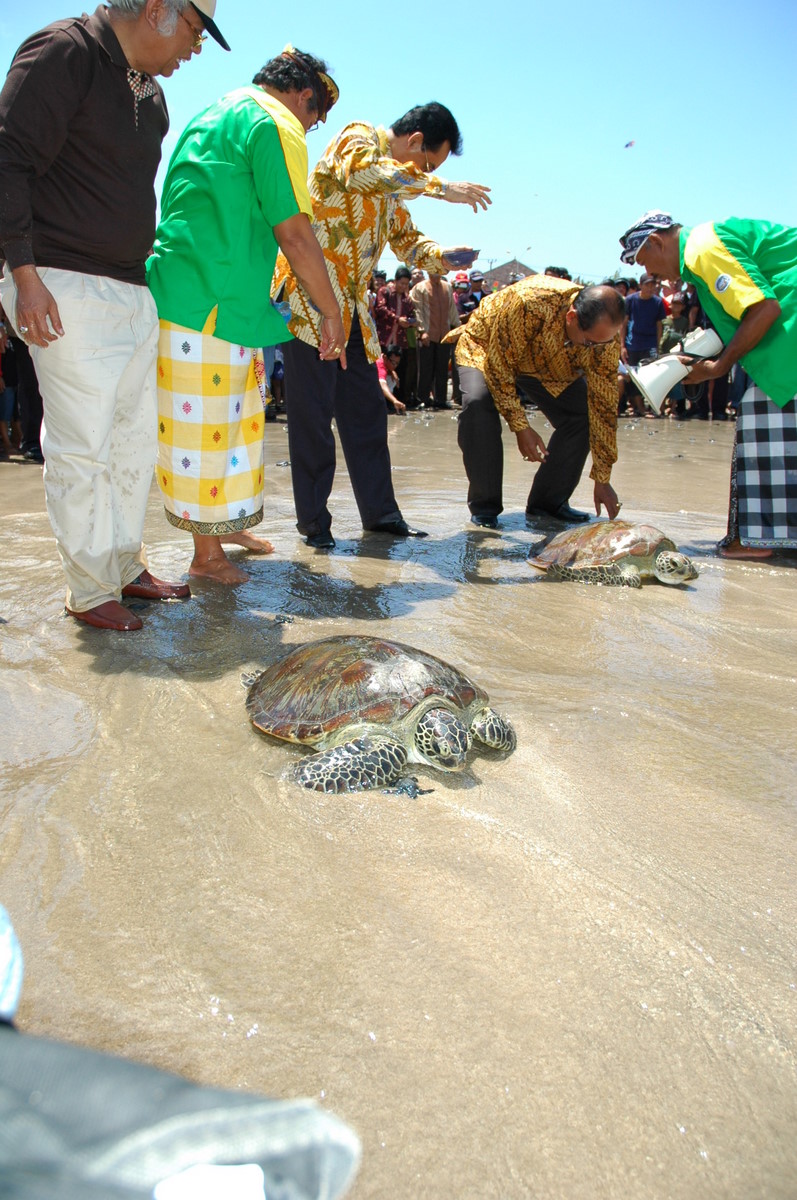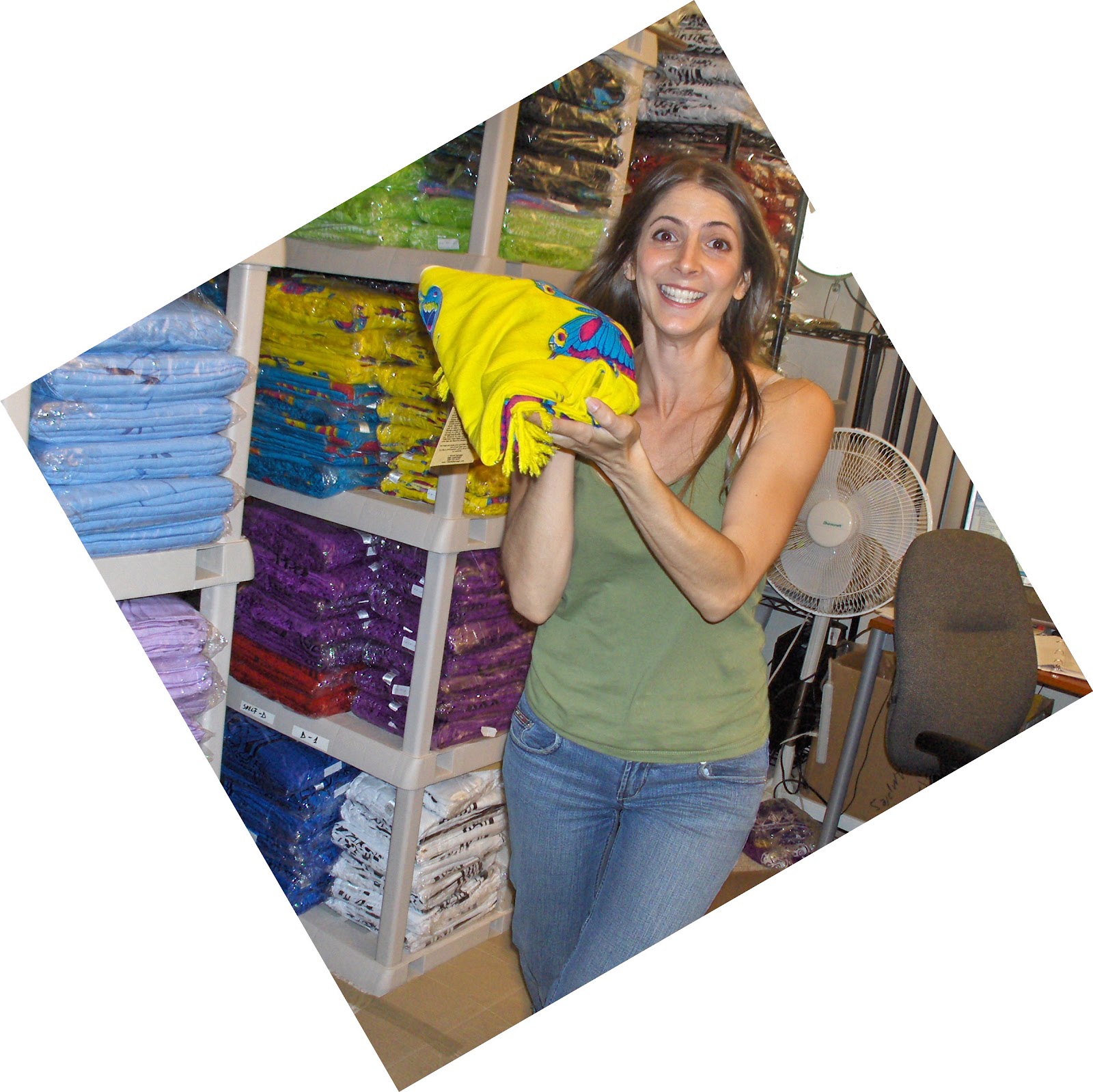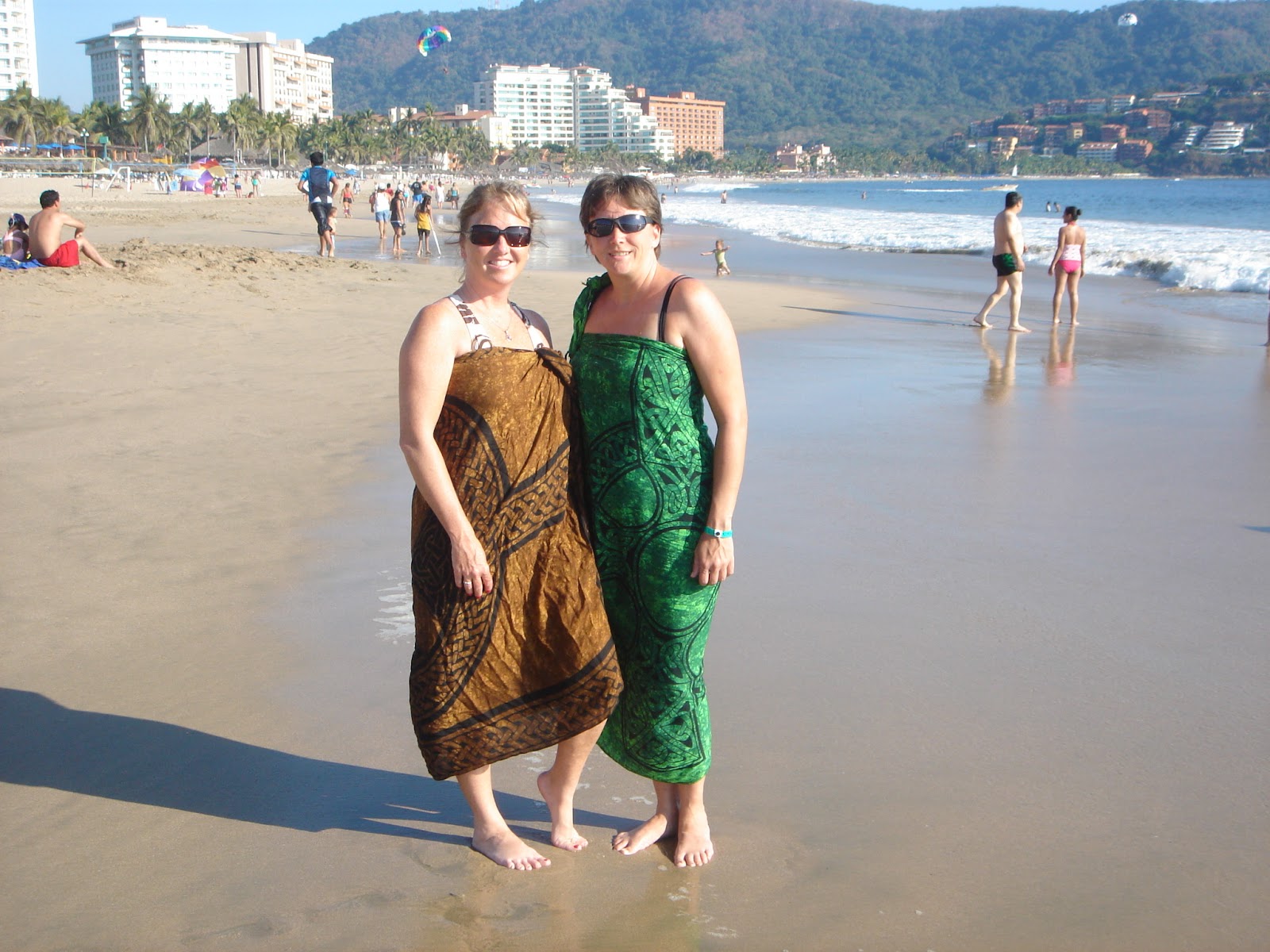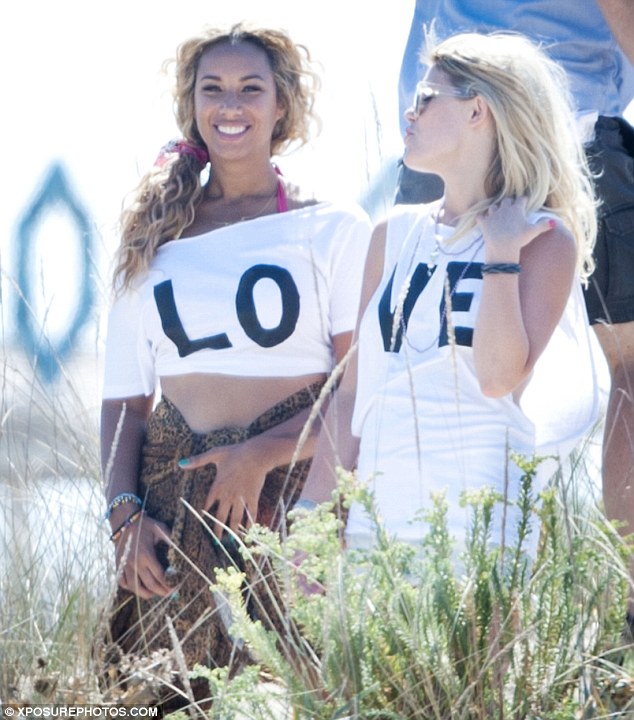.jpg)
|
| Created by Dream AI with query: Artificial Intelligence and Writer |
So all this buzz about artificial intelligence replacing writers had me wondering if a machine could write better than an average human born circa 1970 with average writing skills.
So I went over to chat GPT. Typed in "Write an article about the history of the sarong." Lo and behold, 30 seconds later, the following article popped out.
"Sarongs, also known as kangas or lungis, are a type of traditional garment that is worn by men and women in many parts of Southeast Asia, including Indonesia, Malaysia, and Singapore. The history of sarongs can be traced back to the pre-colonial era, where they were worn by both men and women as a form of everyday clothing.
In the past, sarongs were typically made from handwoven fabrics such as cotton, silk, or batik. The traditional method of making sarongs involved dyeing the fabric using natural pigments and then hand-weaving it on a loom. This process was labor-intensive and time-consuming, making sarongs a luxury item that only the wealthy could afford.
During the colonial era, sarongs began to be produced on a larger scale with the introduction of machine-weaving. This made them more affordable and accessible to a wider range of people. As a result, sarongs became a popular form of clothing among the working class.
Sarongs have also played an important role in the culture and traditions of Southeast Asia. In Indonesia, for example, sarongs are worn during traditional ceremonies and festivals. They are also commonly worn by dancers in traditional performances such as the Javanese wayang puppet theater.
In recent years, sarongs have become popular as a fashion item not just in Southeast Asia but around the world. They are often worn as beachwear or as a cover-up for swimsuits. Sarongs are also commonly worn as a skirt or dress, and can be dressed up or down depending on the occasion.
In conclusion, the history of sarongs is a rich and diverse one that spans centuries. From a luxury item worn only by the wealthy to a popular form of everyday clothing, sarongs have played an important role in the culture and traditions of Southeast Asia. Today, they continue to be a versatile and fashionable garment that is worn around the world."
So, while it contains a lot of good information, it misses a lot too. For instance, sarongs were not first worn by the wealthy but sarongs were worn because people needed to cover up and protect themselves from the elements. Also sarongs just happens to be the South East Asian name, not the name in every country for a wrap skirt. I wrote about sarongs probably 20 years ago and you can compare at this link "
What is a Sarong?". That article probably needs a dusting off and going over as I've learned a lot more about sarongs since that time. Perhaps I'll just wait a few years or just a few months and have ChatGPT write it for us and then freshen it up cause I'm sure AI will get that much better.
Additionally, Chat GPT has not recognized that sarongs are also known as a "pareos". The name pareo originates from Polynesia, from my research, I believe the term is specifically Tahitian. Besides southeast Asia and India, sarongs are very popular in Polynesia including the islands of Samoa Fiji Hawaii New Zealand Tahiti and throughout the world known by just as many names.
I did a little research on the internet and I found that ChatGPT basically wrote an article paraphrasing all the other articles available on the internet.
I could go on about the errors that are contained within the article generated by this AI machine called chat GPT. The point is that the actual generation of history of a sarong text only took 30 seconds or less and this is the first publicly available article generating AI. And that's impressive. So I think we could say we are at the dawn of a new era in artificial intelligence being of service to human beings. I'm feeling like this is truly a breakthrough. If I was into copyrighting or I was a writer in any sort of the vein of writing, I would be concerned for my job, and who knows what other white collar jobs will be replaced. How about artists? Check out the images below...yikes!
I also experimented with generating an image with artificial intelligence and that had some interesting results too. See the images below:
Sometimes it got it right and sometimes it got it wrong. "Cyborg typing at a computer" generated this:
and this:

So what do you think? Are all of our jobs about to disappear? Or will we just be assisted with the heavy lifting? Love to hear your comments about the future and effects of AI on us all.
Terry
@1WorldSarongs.com
PS Sorry for any typos as I was using a voice to text dictation app.
.jpg)









